A residential-cultural development has broken ground in Winnipeg’s Exchange District.
Work is underway on the Market Lands, located where the Public Safety Building (PSB) used to be before police and prisoners moved to the former post office on downtown Graham Avenue.
Plans for the Market Lands include a nine-storey tower with 95 residential units, 48 of which will charge rents that are geared-to-income.
“The market and rent-geared-to-income units will all have the same design and will be dispersed throughout the building,” said Jeremy Read, CEO of The University of Winnipeg Community Renewal Corporation 2.0 (UWCRC 2.0), which is one of the developers of the project.
The building will also contain a creative hub where four local arts organizations will hang their hats.
“It will be Canada’s first Canada Green Building Council Zero Carbon Building design standard mid-rise,” said Read.
The Market Lands will also have a food centre with food produced by small local producers.
The project is expected to be completed in 2026.
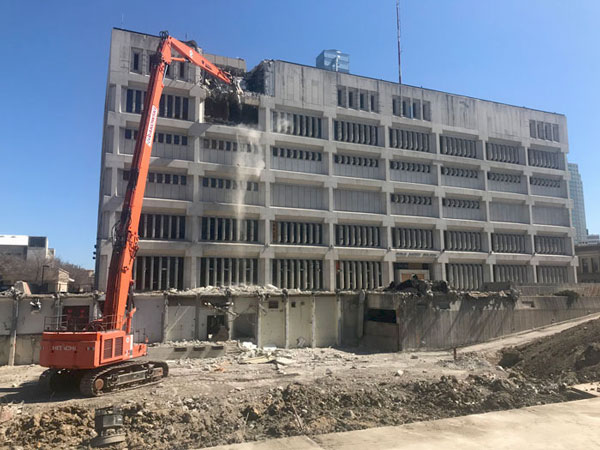
The $54 million project is being developed as a partnership of UWCRC 2.0 and the Centre Venture Development Corporation (CVDC).
UWCRC 2.0 and CVDC say Market Lands will not only provide good-quality, affordable housing, it will also help to revitalize the area.
The project is part of a long-term strategy to increase the number of residents in the Exchange District.
The Exchange District Community Investment Strategy, published in late 2023, seeks to increase the population of the area from about 4,000 people today to 25,000 people by the 2040s.
To make this happen, the strategy calls for residential intensification, the improvement of existing streetscapes and the construction of new amenities, such as a pedestrian bridge over the nearby Red River to the eastern suburb of St. Boniface.
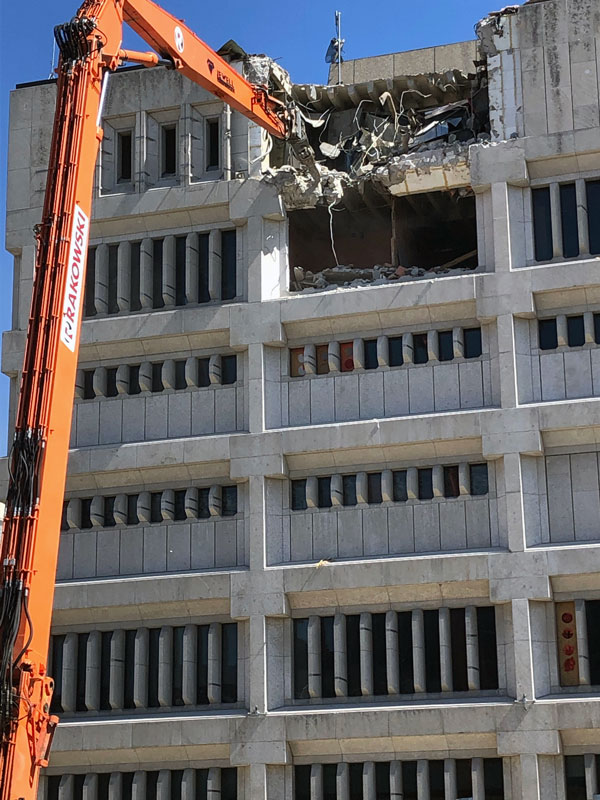
Market Lands is already in the works, but other aspects of the strategy are still in the “wouldn’t it be nice” stage.
For example, the strategy calls for building a rapid transit station on Main Street – Winnipeg does not have a rapid transit system – redeveloping a three-block stretch of Chinatown and creating an “arts and festival” campus in the Exchange District.
Whatever form the plans end up taking, the area certainly needs an encouraging boost. The stretch of Main Street immediately north of Portage Avenue has been the site of several public sector urban renewal projects since the mid-1960s.
They all have made individual, incremental improvements to the district, but none of them have been “game changers.”
“Inner city Winnipeg has one of the highest poverty and crime rates in Canada,” said Sel Burrows, a longtime community activist who knows the area well.
University of Winnipeg (U of W) professor of political science Aaron Moore said the Market Lands will bring in new and young blood to the area.
“It fills in one of the gaps of development downtown,” said Moore. “Earlier developments, like the Manitoba Theatre Centre, the Manitoba Museum and the Planetarium, tried to bring people into the city from the suburbs, but developments like that don’t create a vibrant downtown. You need to have people living and working in the area.”
U of W professor of urban geography professor Jino Distasio said the Market Lands will make good use of an underutilized property.
“There are too many empty lots and surface parking lots in the area,” said Distasio. “There’s a fragmented collection of distinct parcels of development that needs something that binds everything together.”
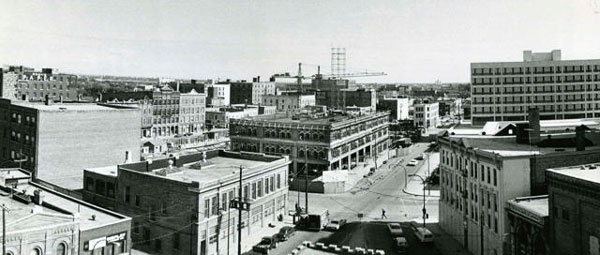
Winnipeg historian Christian Cassidy said the Market Lands’ location near city hall and the Red River College Polytechnic campus, both of which have large daytime populations, bodes well for its success.
“Being on the edge of the Exchange District and having a live-in population should also ensure that it gets used on evenings and weekends,” he said. “As for the wider impact, I am always skeptical when people say that a specific development will pull in new private investment to revitalize the area around it.”
The PSB, on whose site Market Lands is arising, was demolished in 2020.
Designed by local architect Les Stechesen, the PSB was a notable example of Brutalism.
Cindy Tugwell, executive director of Heritage Winnipeg, said it was “a crime” the PSB was demolished.
“It was a beautiful building and I’d grown to appreciate it,” said Tugwell.
“It was well built and had Tyndall stone cladding from a local quarry. It could have been repurposed and saved for future generations to appreciate. It would have stood the test of time.”


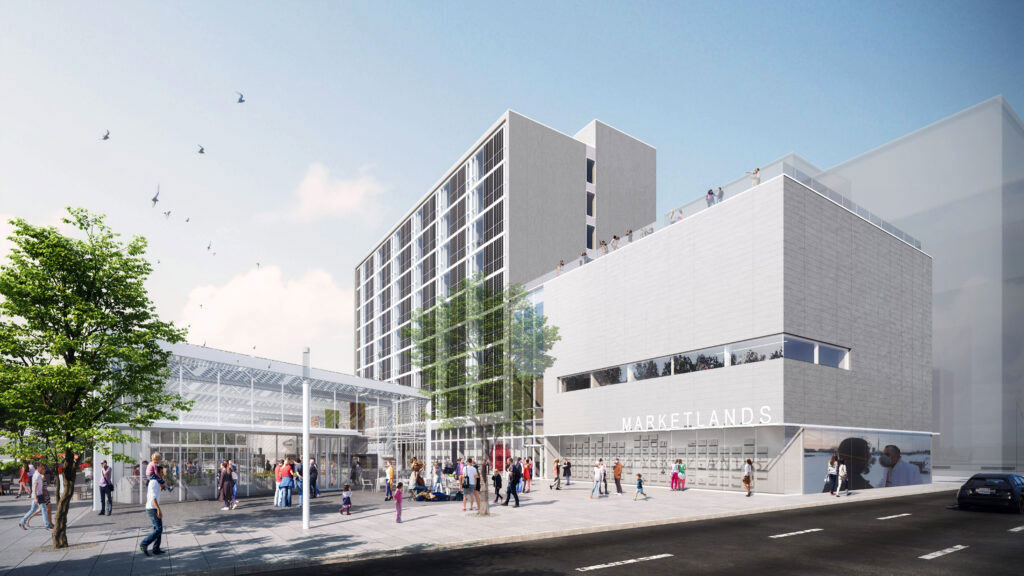


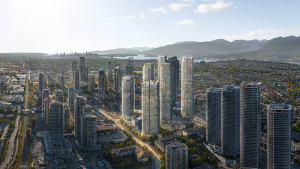





Recent Comments